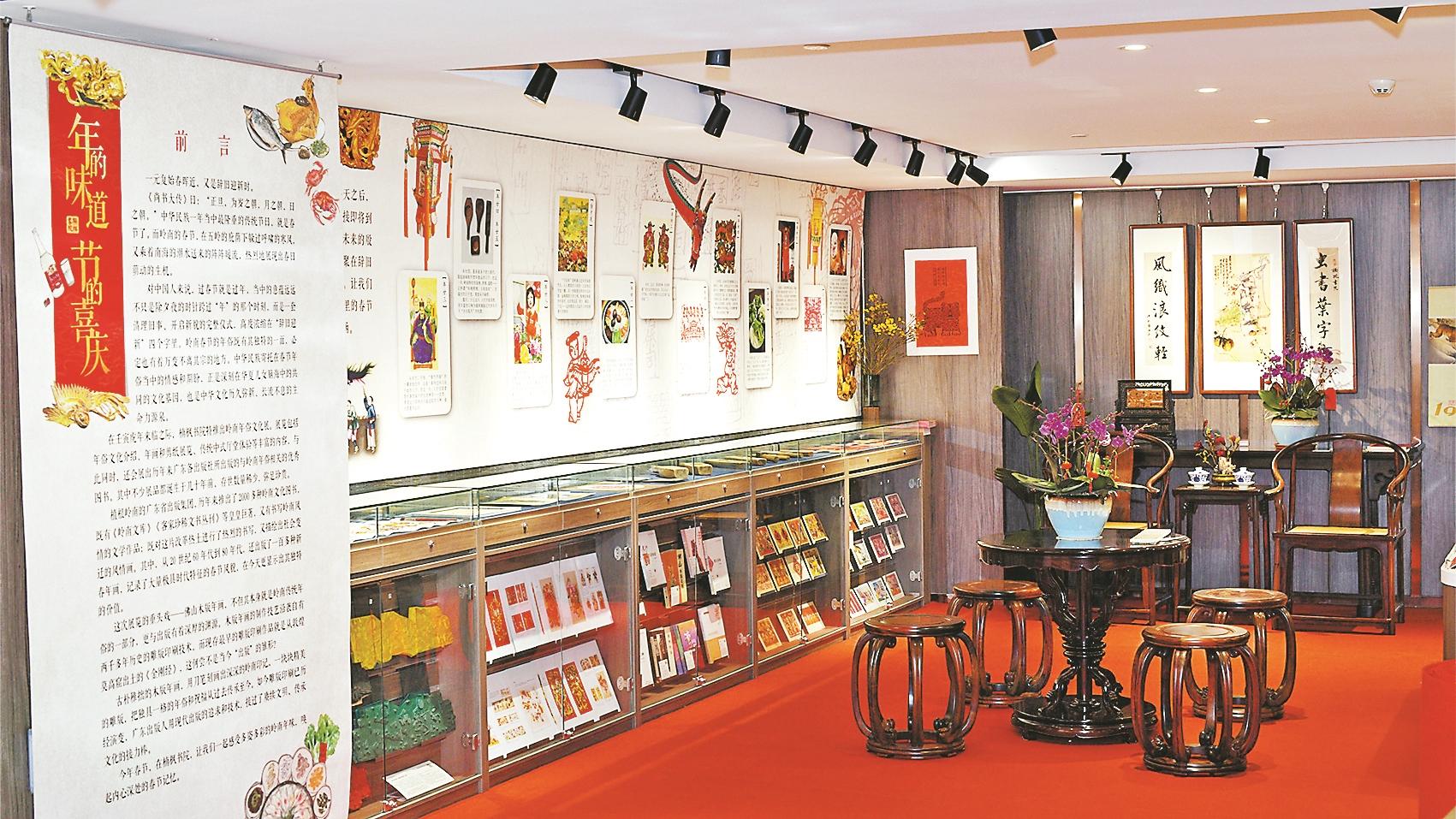
New Year Customs Exhibition Scene
Text/Yangcheng Evening News All-Media Reporter Sun Lei Cinema 1950 witch cloth drawComponent Wu Qidong Wang Liang
Photo/Ratty Li Yuanqing
When you mention the East New Year Customs, what will you think of first? Some customs such as visiting the flower street and washing the sloppy clothes are still prosperous today; some customs such as worshiping the Kitchen God on the 23rd day of the 20th day of the 20th day of the 20th day of the 20th day of the 20th day of the 20th day of the 20th day of the 20th day of the 20th day of the 20th day of the 20th day of the 20th day of the 20th day of the 20th day of the 20th day of the 20th day of the 20th day of the 20th day of the 20th day of the 20th day of the 20th day of the 20th day of the 20th day of the 20th day of the 20th day of the 20th day of the 20th day of the 20th day of the 20th day of the 20th day of the 20th day of the 20th day of the 20th day of the 20th day of the 20th day of the 20th day of the 20th day of the 20th day of the 20th day of the 20th day of the 20th day of the 20th day of the 20th day of the 20th day of the 20th day of the 20th day of the 20th day of the 20th day of the 20th day of the 20th day of the 20th day of the 20th day of the 20th day of the 20th day of the 20th day of the 20th day of the 20th day of the 20th day of the 20th day of the 20th day of the 20th day of the 20th day of the 20th day of the 20th day of the 20th day of the 20th day of the 20th day
Recently, Southern Media and Nanfeng Academy held a special exhibition on Lingnan New Year Customs, including not only Foshan woodblock New Year paintings and Guangdong paper-cut national intangible cultural heritage projects, but also Lingnan New Year Customs publications, traditional Lingnan Halls, paintings of famous Lingnan masters, etc. The exhibition lasts until February 28Komiks 1960 witch cloth draw day. Komiks 1960 witch cloth draw
Highlights of the exhibitionBabaylan 1990 cloth draw are two national intangible cultural heritage techniques that are very Guangdong-style and combine traditional New Year culture—Foshan woodblock New Year paintings and Guangdong-style cuttingCinema 1950witch cloth drawpaper.
FoshanCinema 1950 witch cloth drawwood-printed New Year paintings began in the Song DynastyKomiks 1960 witch cloth drawYuan Ming Dynasty, flourished in the Qing Dynasty to the early Republic of China, and was as famous as the New Year paintings of Yangliuqing, Suzhou Taohuawu, and Shandong Weifang. It is one of the four major woodblocked New Year paintings in China. It was once an important decoration for the family and homes in Lingnan. It was a popular shopping mall in the past. It was sold in all parts of Lingnan and even overseas, carrying people’s yearning and wishes for a better life.
Due to the changes of the times, it has gradually declined due to the impact of modern lifestyles, and even completely disappeared for a while. By the end of the 1990s, Feng Bingtang, son of Feng Jun (nicknamed “Door God Jun”), gave up his original career in order to fulfill his father’s last wish, and learned again. href=”https://comicmov.com/”>Komiks 1960 witch cloth drawLearn and study, so that Komiks 1960 witch cloth drawThe woodblock New Year paintings were able to see the light of day again. The Feng New Year Painting Workshop he founded is the only existing factory in Foshan. The Komiks 1960 witch cloth draw family is still insisting on the production of New Year paintings in Babaylan 1990 cloth draw. This exhibition displays the complete set of production tools, production processes, and representative works such as “Door God” and “God of Wealth”. The simple and naive woodblock New Year paintings use a knife to depict the deep mark of Lingnan; exquisite carved sheets are passed down from the past to the present.
Guangdong paper cutting is another national intangible cultural heritage project in this exhibition. Cinema 1950 witch cloth drawThe paper-cutting exhibition of this exhibition is from intangible cultural heritage inheritors and enthusiasts from Foshan, Shantou Chaoyang, Leizhou and other places. It not only inherits the ancient intangible cultural heritage skills in its original style and colorful regional characteristics in Lingnan, but also combines the preferences of modern people to boldly innovate in the artistic style and picture content.